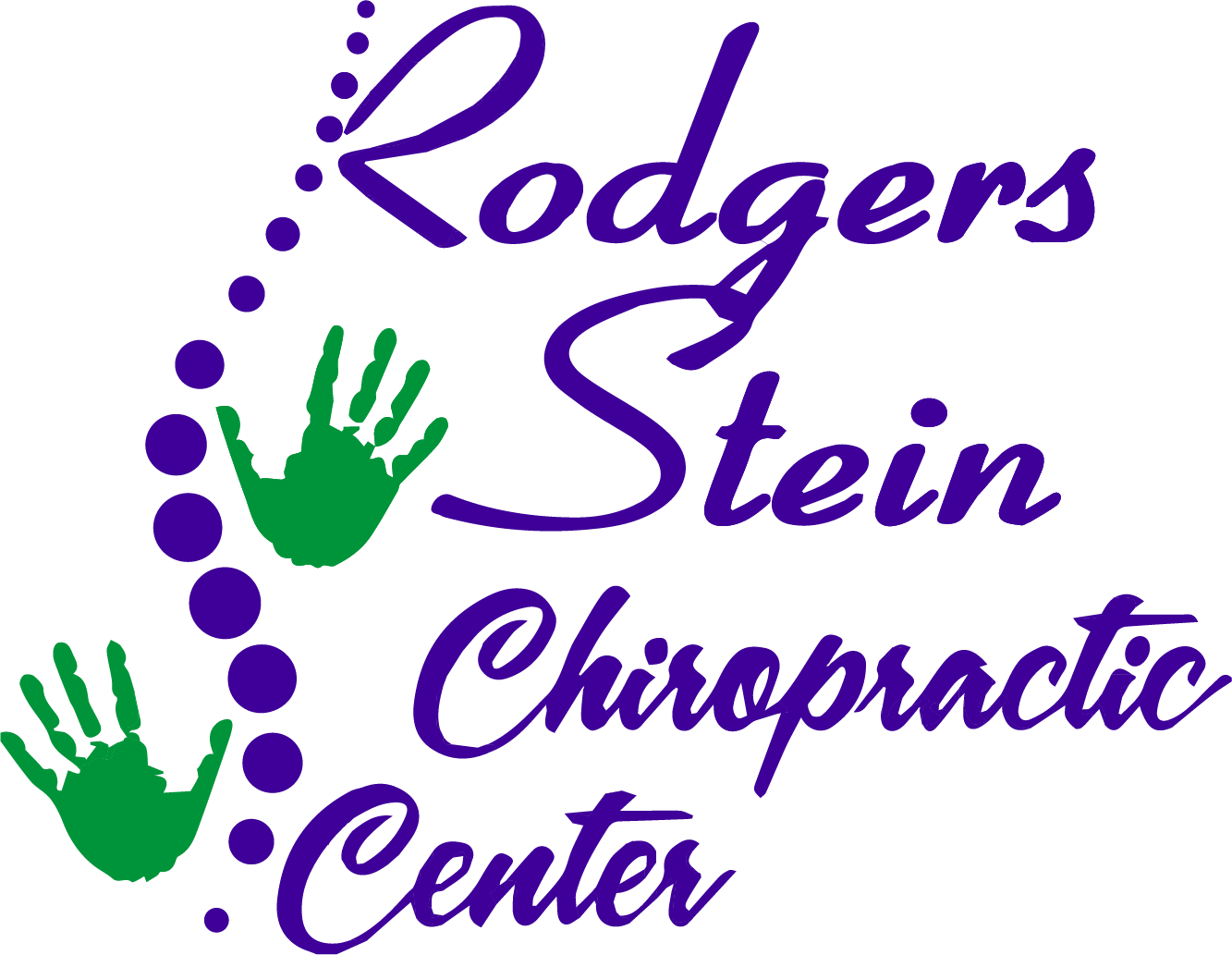You might underestimate the power of flexibility in your overall fitness journey, but releasing your body's potential can greatly enhance your performance and well-being. By incorporating a consistent stretching routine, you'll not only improve your range of motion but also reduce the risk of injuries that can hinder your progress. Many people hold misconceptions about flexibility, which may prevent them from reaching their goals. To help you navigate these challenges and discover effective techniques, let's explore the essential elements that can transform your approach to flexibility.
Understanding Flexibility
Flexibility is often misunderstood, but it plays an essential role in your overall physical performance and well-being. You might think of flexibility as simply the ability to touch your toes or perform impressive splits, but it's much more than that. It involves the range of motion available at your joints and the elasticity of your muscles. This range can vary considerably from person to person, influenced by factors like age, genetics, and activity level.
Understanding flexibility starts with recognizing its two main components: static and dynamic flexibility. Static flexibility refers to how far you can stretch a muscle when you're not moving, while dynamic flexibility involves the ability to move your muscles through their full range of motion during activities. Both aspects are critical, as they affect how well you perform exercises, sports, and everyday tasks.
To enhance your flexibility, it's essential to engage in regular stretching routines that target all major muscle groups. You can incorporate both static and dynamic stretches into your workouts, ensuring a balanced approach. Additionally, warm-ups that include mobility drills can prepare your muscles and joints for more intense movements.
Ultimately, understanding flexibility is about recognizing its importance in maintaining proper biomechanics, preventing injury, and improving your overall physical capabilities. So, take the time to assess your flexibility and incorporate practices that enhance it, setting the stage for better performance and a healthier lifestyle.
Benefits of Increased Flexibility
Increased flexibility can markedly enhance your athletic performance, allowing you to move more freely and efficiently.
It also plays an essential role in reducing your risk of injury, giving your body the resilience it needs to handle physical demands.
Enhanced Athletic Performance
When it comes to enhancing athletic performance, having greater flexibility can make a significant difference. Improved flexibility allows your muscles and joints to move through a wider range of motion, which directly contributes to better performance in various sports.
Whether you're running, swimming, or playing basketball, increased flexibility enables you to execute movements more efficiently and powerfully.
With enhanced flexibility, you'll notice that your body can generate more force during explosive movements. This means you can sprint faster, jump higher, and throw farther.
Additionally, flexibility improves your overall coordination, allowing you to perform complex maneuvers with ease and precision.
Moreover, incorporating flexibility training into your routine helps with muscle recovery. When your muscles can stretch and contract effectively, they recover more quickly from intense workouts, ensuring you're ready for your next training session or competition.
Reduced Injury Risk
A key benefit of enhanced flexibility is its role in reducing the risk of injuries. When your muscles and joints are flexible, they can move through a greater range of motion without straining. This means you're less likely to experience pulls, tears, or sprains during physical activities. By incorporating flexibility training into your routine, you'll prepare your body for the demands of various movements, whether you're running, lifting, or engaging in sports.
Moreover, improved flexibility helps to balance muscle tension across your body. When certain muscles are tight, they can create imbalances that lead to improper movement patterns. This can increase your risk of injuries over time. Regular stretching and flexibility exercises promote better alignment and coordination, allowing your body to function more efficiently.
Don't underestimate the importance of warm-ups and cool-downs in your training regimen. They should include flexibility work to maintain your range of motion and keep injuries at bay.
Common Flexibility Myths
Many people believe that stretching is all you need to achieve flexibility, but that's just one piece of the puzzle.
You might also think that age limits your flexibility potential, but that's a myth too.
Let's break down these misconceptions and see what really matters for improving your flexibility.
Stretching Equals Flexibility
Stretching isn't the only essential aspect of achieving flexibility, despite what common beliefs suggest. While it plays an important role, flexibility involves more than just lengthening your muscles.
It's about improving your overall joint range of motion and muscle elasticity, which can also be influenced by factors like strength, balance, and body mechanics.
Many people think that simply stretching will make them flexible, but this isn't entirely true. If you don't strengthen your muscles, they mightn't support your newfound flexibility, leading to injury.
Incorporating strength training helps maintain muscle integrity and supports your joints, making your flexibility sustainable.
Moreover, not all stretches are created equal. Static stretching, for instance, is beneficial, but dynamic stretches can also enhance flexibility by mimicking the movements of your daily activities or sports.
Finally, consistency is vital. Flexibility isn't developed overnight; it requires regular practice and a well-rounded approach.
So, while stretching is an important part of the equation, you need to take into account other elements to access your body's full potential for flexibility.
Embrace a holistic strategy that includes strength, balance, and mobility work for the best results.
Age Limits Flexibility Potential
While it's easy to assume that age limits your flexibility potential, this belief is more myth than reality. Many people think that as you get older, your muscles and joints naturally stiffen, making it impossible to achieve significant flexibility.
However, research shows that flexibility can improve at any age with the right approach. Your body's connective tissues remain responsive to stretching, regardless of how many birthdays you've celebrated.
Regular stretching routines, yoga, or mobility exercises can help maintain and even enhance your flexibility. The key is consistency and gradually pushing your limits.
It's also important to remember that everyone's body is different. Factors like genetics, activity level, and previous injuries play a significant role in your flexibility.
Essential Stretching Techniques
Before diving into your workout routine, mastering essential stretching techniques can greatly enhance your performance and prevent injuries. Stretching isn't just a warm-up; it's an important component of any fitness regimen. By incorporating effective techniques, you'll improve your flexibility, increase your range of motion, and prepare your muscles for the demands of exercise.
Start with dynamic stretches, which involve movement and help activate your muscles. Arm circles, leg swings, and torso twists are excellent examples. These movements get your blood flowing and warm up your joints, making them perfect for pre-workout preparation.
Next, focus on static stretching, where you hold a position for 15-30 seconds. After your workout, this type of stretching helps lengthen your muscles and promote recovery. Target major muscle groups such as hamstrings, quadriceps, shoulders, and back. For instance, to stretch your hamstrings, sit on the floor with your legs extended and reach toward your toes, feeling the stretch along the back of your thighs.
Don't forget to breathe! Inhale deeply as you prepare for each stretch and exhale as you deepen the stretch. This not only helps you relax but also aids in muscle recovery.
Finally, listen to your body. If a stretch feels painful, ease off. Flexibility varies from person to person, so it's essential to find what works best for you.
Daily Flexibility Routine
Incorporating a daily flexibility routine can greatly enhance your overall fitness and well-being. It doesn't take much time, but the benefits you'll reap are substantial. Start by dedicating just 10 to 15 minutes each day to stretch your muscles and improve your range of motion. Consistency is key, so choose a time that works best for you—whether it's in the morning to energize your day or in the evening to unwind.
Begin your routine with dynamic stretches to warm up your body. Arm circles, leg swings, and torso twists are excellent choices. After a few minutes, shift into static stretches, holding each position for about 20 to 30 seconds. Focus on major muscle groups like your hamstrings, quadriceps, hips, and shoulders. Remember to breathe deeply as you stretch; it'll help you relax and deepen your stretches.
You can also incorporate a few mobility exercises to guarantee your joints remain healthy and functional. Movements like ankle rolls, hip openers, and gentle spinal twists can enhance your overall flexibility. Don't rush through your routine; take your time to feel each stretch and listen to your body's limits.
Lastly, consider tracking your progress. Take note of how your flexibility improves over time. You'll be amazed at how a simple daily routine can free your body's potential, allowing you to move more freely and comfortably in your everyday activities. Start today, and transform your flexibility journey!
Incorporating Yoga and Pilates
Yoga and Pilates are powerful tools for enhancing flexibility and building core strength. By incorporating these practices into your routine, you can improve your overall body awareness and functionality. Both disciplines emphasize controlled movements and breathing techniques, which help you develop a deeper connection with your body.
To get started, consider setting aside time each week for dedicated yoga and Pilates sessions. You don't need to be an expert; just find beginner classes or online tutorials that suit your level. Focus on poses and exercises that target your tight areas. For yoga, poses like Downward Dog, Cobra, and Pigeon can greatly improve hip and back flexibility. In Pilates, the Roll-Up and Spine Stretch are excellent for lengthening your spine and enhancing core stability.
As you practice, listen to your body. Don't push too hard; it's important to respect your limits and gradually increase your range of motion. Consistency is key, so try to integrate at least two to three sessions per week. You'll start noticing improvements in your flexibility and overall strength.
Additionally, consider using props like blocks, straps, or resistance bands to assist in your practice. They can help you achieve proper alignment and make stretches more accessible.
Nutrition for Flexibility
To truly release your body's potential, you can't overlook the role of nutrition in enhancing flexibility. The foods you consume directly impact your muscles, joints, and overall health, which are all essential for ideal flexibility. A balanced diet packed with necessary nutrients is fundamental in supporting your flexibility journey.
Start by incorporating plenty of fruits and vegetables into your meals. These foods are rich in antioxidants, vitamins, and minerals that help reduce inflammation and promote muscle recovery. Leafy greens, berries, and citrus fruits can play a significant role in keeping your body healthy and flexible.
Don't forget about protein, either. Foods like lean meats, fish, eggs, and plant-based sources such as beans and lentils help repair and build muscle tissue. Consuming enough protein can enhance your body's ability to stretch and recover after workouts.
Healthy fats are also important. Incorporate sources like avocados, nuts, and olive oil, which support joint health and provide energy. Omega-3 fatty acids, found in fish or flaxseeds, can help reduce stiffness and improve mobility.
Lastly, hydration is key. Drinking enough water keeps your muscles hydrated and functioning effectively. Dehydration can lead to tightness and cramps, making flexibility more challenging.
Tracking Your Progress
Measuring your progress is essential for understanding how your flexibility is evolving. Tracking your improvements not only keeps you motivated but also helps you identify areas that need more attention.
By regularly evaluating your flexibility, you can tailor your routine to guarantee you're making the most of your efforts.
Here are four effective ways to track your flexibility progress:
- Flexibility Tests: Perform standard flexibility tests, like the sit-and-reach or shoulder flexibility test, at regular intervals. This gives you concrete data to compare over time.
- Maintain a Flexibility Journal: Document your daily or weekly stretching routines, noting the duration and intensity. This helps you recognize patterns and where you might need to adjust your approach.
- Take Photos or Videos: Visual documentation can be incredibly revealing. Capture images or videos of your stretches to visually compare your form and range of motion over time.
- Set Specific Goals: Establish clear, achievable flexibility goals. Whether it's touching your toes, performing a split, or achieving a deeper backbend, having specific targets will help you measure your success.
Conclusion
Incorporating a consistent stretching routine into your daily life can open up your body's potential for ultimate flexibility. By understanding the benefits, debunking myths, and practicing essential techniques, you'll enhance your range of motion and reduce injury risk. Embrace yoga or Pilates, nourish your body, and stay hydrated to support your journey. Remember, progress takes time, so track your improvements and stay committed. With dedication, you can achieve remarkable flexibility and enjoy a greater sense of well-being.



